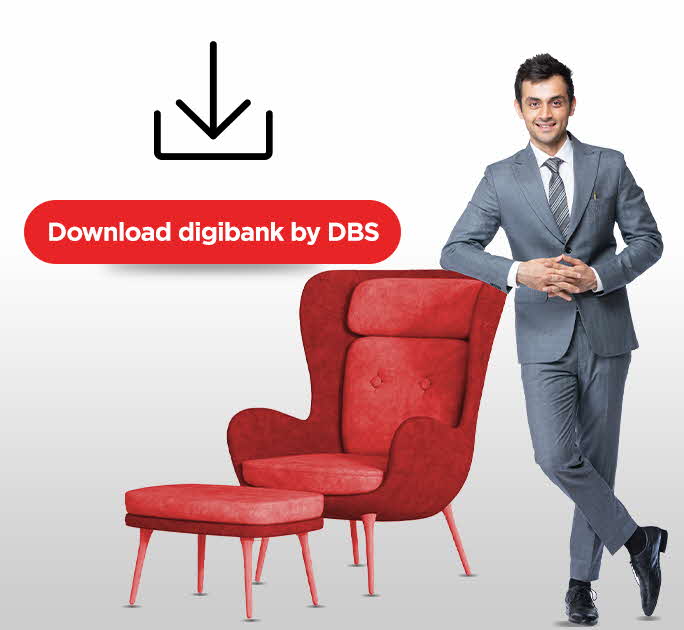- Save
- Invest
- Borrow
- Pay
- More
- NRI Banking
- Customer Services

What is DBT (Direct Benefit Transfer)? | DBS Bank India
Find out what is DBT and the various programmes under it
Key Takeaways
- DBT full form is Direct Benefit Transfer
- DBT is a programme launched by the Government of India.
- In DBT, the rightful subsidy for the underprivileged is directly transferred to their Aadhaar-linked bank account.
- With DBT, the government aims to increase transparency in distributing funds backed by the Central Government.
- Popular Programs covered under DBT include NCLP, student scholarships and LPG subsidies.
The underprivileged citizens of our country face financial hurdles every day. However, the government offers subsidies on various programs to provide them with some much-needed financial relief. Previously, the central government sectors passed this subsidy to government-run agencies that were ideally expected to further pass on the subsidy to the underprivileged. Upon realizing the malpractices that arose, the government launched a program known as DBT. Let us understand the features of DBT and the programs covered under it.
What is DBT?
DBT full form is Direct Benefit Transfer. Introduced by the Government of India on 1st January 2013, the Direct Benefit Transfer (DBT) scheme was initiated with the aim of transferring funds directly into the bank accounts of the underprivileged in need of financial aid. Instead of using intermediaries to process the transfer, the DBT program aims to make direct payments in the bank account of the beneficiary. The beneficiary must link their Aadhaar number to their bank account to qualify for financial aid under DTB.
Objectives of DBT
The Central Government distributes subsidies to citizens below the poverty line, which, more often than not, do not reach the citizens. With the Direct Benefit Transfer facility, the government has taken steps necessary to eliminate malpractices such as diversion of funds and fraudulent payments. It also aims to distinguish genuinely eligible citizens from others looking for a free handout. Since beneficiaries are required to link their bank accounts with Aadhaar Card, the government can ensure that only deserving candidates can avail of DTB.
Programs under DBT
National Child Labour Project (NCLP)
The NCLP scheme focuses on the rehabilitation of children working in hazardous occupations. Officials conduct surveys of child and adolescent workers who are then admitted to NCLP Special Training Centres. Here, they are provided with formal education. Participating children with a minimum of 75% attendance receive INR 150 as a monthly stipend.
Student Scholarships
Students from economically weaker sections of Indian society have no proper access to education. Their fragile financial circumstances result in them dropping out to earn their daily living. The government offers scholarships to such students. Upon qualifying, eligible students can apply for scholarships under DTB.
LPG Subsidy
Liquid Petroleum Gas, also known as a gas cylinder, is a necessity of every Indian household, but low-income families cannot afford it. To this end, the government launched the Direct Benefit Transfer for LPG (DBTL) scheme. With DBTL, the LPG subsidy is directly credited to the Aadhaar-linked bank accounts of the consumers. When customers book the first subsidized cylinder, they will receive an advance in their bank account before the cylinder is delivered.
Bottom Line
Apart from those mentioned above, several other programs are covered under the Direct Benefit Transfer schemes. The DBT aims to relieve the financial troubles of the underprivileged partly, if not wholly. If the government seeks to provide equal opportunities to the under-privileged, the DTB scheme is a great start.
With the digibank by DBS app, you can open a new savings account in a few minutes! Download the app to get started.
*Disclaimer: This article is for information purposes only. We recommend you get in touch with your income tax advisor or CA for expert advice.









